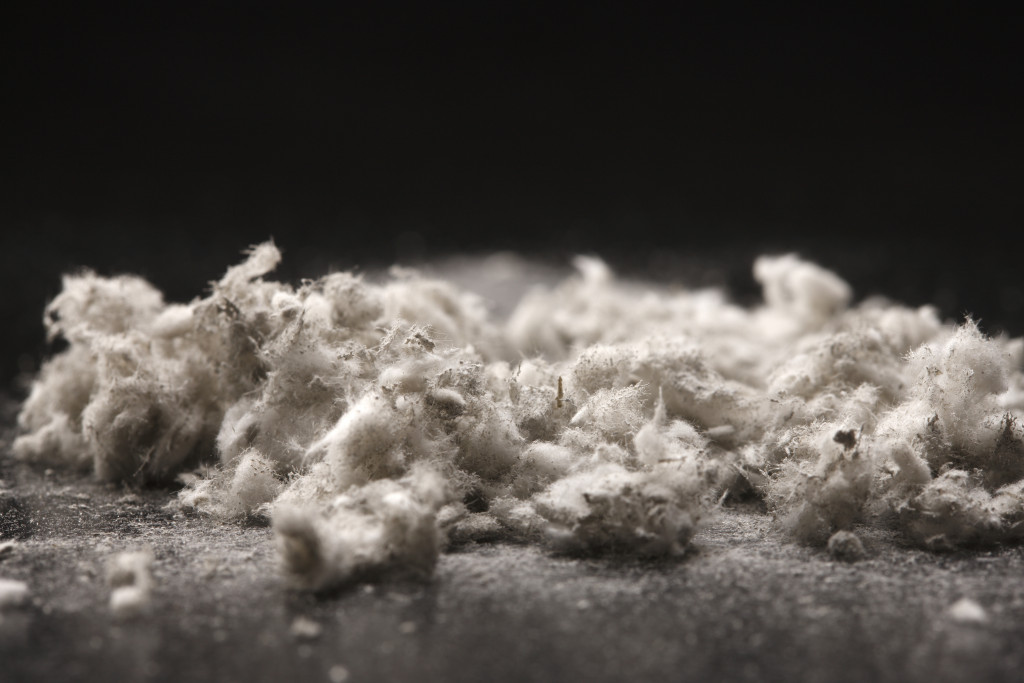- Poor indoor air quality decreases office productivity by causing health issues like respiratory problems and fatigue.
- Common sources of poor air quality include asbestos, mold, mildew, dust, and pollen.
- Symptoms caused by poor air quality, such as headaches and eye irritation, can distract workers.
- Poor air quality can also lead to irritability and discomfort among employees, affecting morale and staff retention.
- To improve air quality, hire professionals, enhance ventilation, clean regularly, replace carpets, and monitor humidity levels.
As business owners and entrepreneurs, you know that productivity is crucial to the success of your office. However, did you know that the air quality in your office can significantly affect your employee’s productivity? Poor air quality can cause health problems, leading to more employee absences, increased healthcare costs, and decreased productivity. Here’s what you need to know about air quality, how it can affect your office, and how to improve it.
A Look Into Indoor Air Quality
Indoor air quality, or IAQ, is essential to living indoors. Poor air quality can easily be overlooked since it is often less visible than other environmental factors such as temperature or lighting. However, just because you may not be able to see the effects of bad air quality doesn’t mean that it isn’t a real issue in your office. Here are some common reasons for bad air quality:
Asbestos
One of the most common sources of poor indoor air quality is asbestos. Asbestos is a naturally occurring material, but it can be highly hazardous when its fibers are disturbed and released into the air. These fibers are small enough to enter the body, where they can cause severe respiratory issues such as mesothelioma and lung cancer. Unfortunately, many older buildings still have asbestos in their walls and other materials, so ensuring your office building is asbestos-free is vital.
Mold & Mildew
Mold and mildew can also have a significant effect on indoor air quality. Both are caused by excessive moisture, which can come from leaking pipes or high humidity levels in the air. Mold and mildew can cause allergic reactions and other respiratory problems, such as asthma attacks, so keeping these levels in check is essential.
Dust & Pollen
Dust and pollen particles can also harm air quality. Both are common in offices due to the presence of furniture, carpets, and other materials that collect dust and pollen over time. To reduce these particles, it is important to dust and vacuum your office space regularly.
How Can It Affect Office Productivity?
There are various ways indoor air quality can affect office productivity. Here are some of those ways:
1. Respiratory Problems
Poor air quality in the office can cause respiratory problems, such as asthma and allergies. The symptoms of these conditions can include coughing, wheezing, and shortness of breath, which can all cause distractions and discomfort that impede your employee’s ability to focus on their work.
2. Fatigue
Employees who breathe in poor-quality air throughout the day may experience chronic fatigue, affecting their productivity. When your workforce is tired, they are less likely to give all their effort to the quality of their work, leading to lower-quality work and low productivity levels.
3. Headaches
Have you ever been working in a stuffy room and experienced a headache? Poor ventilation in the office can lead to headaches or migraine attacks. This can cause employees to miss work or lose focus, leading to lower productivity.
4. Eye Irritation
Poor air quality in the office can also cause eye irritation, distraction, and uncomfortable for your workforce. Eye irritation can cause a lack of focus and make it difficult for employees to reach their full potential.
5. Irritability and Discomfort
Lastly, poor air quality in the office can cause employees to become irritable and uncomfortable. This can lead to a loss of morale, decreased productivity, and a higher likelihood of employee turnover.
Dealing With Air Quality in The Office
You can deal with poor air quality in your office in various ways. Here are some of those ways:
Hire a Specialist
It’s important to have a professional to check your office. An experienced air hygiene specialist can help you identify potential air quality issues in the office and provide solutions to improve the overall environment. They can also recommend strategies for preventative maintenance and future management of air quality.
Improve Ventilation
Improving ventilation is essential for improving air quality in the office. Installing fans, opening windows, and increasing the flow of fresh air will help reduce stuffiness while also helping to reduce dust and other airborne pollutants.
Clean Regularly
It is also important to keep your office clean. Dusting, vacuuming, and wiping down surfaces can help reduce dust particles and other pollutants that may be in the air.
Replace Carpets
Carpeting is a major source of dirt and dust, so replacing them with hardwood or tile floors can dramatically improve air quality in the office.
Monitor Humidity Levels
Lastly, monitoring humidity levels in the office can help keep mold and mildew at bay. Installing a dehumidifier or an air conditioner can help reduce the moisture level in the air and improve overall air quality.
Maintaining high-quality indoor air is not just beneficial for the health and well-being of your employees, but it’s also a key driver of productivity in the workplace. Ignoring this vital aspect can lead to increased health issues and a noticeable dip in overall performance. Remember, the cost of investing in better indoor air quality will likely be offset by enhanced productivity and reduced healthcare costs for your team. Therefore, prioritize indoor air quality, and you’ll create a more productive, healthier work environment that fosters employee satisfaction and success.


